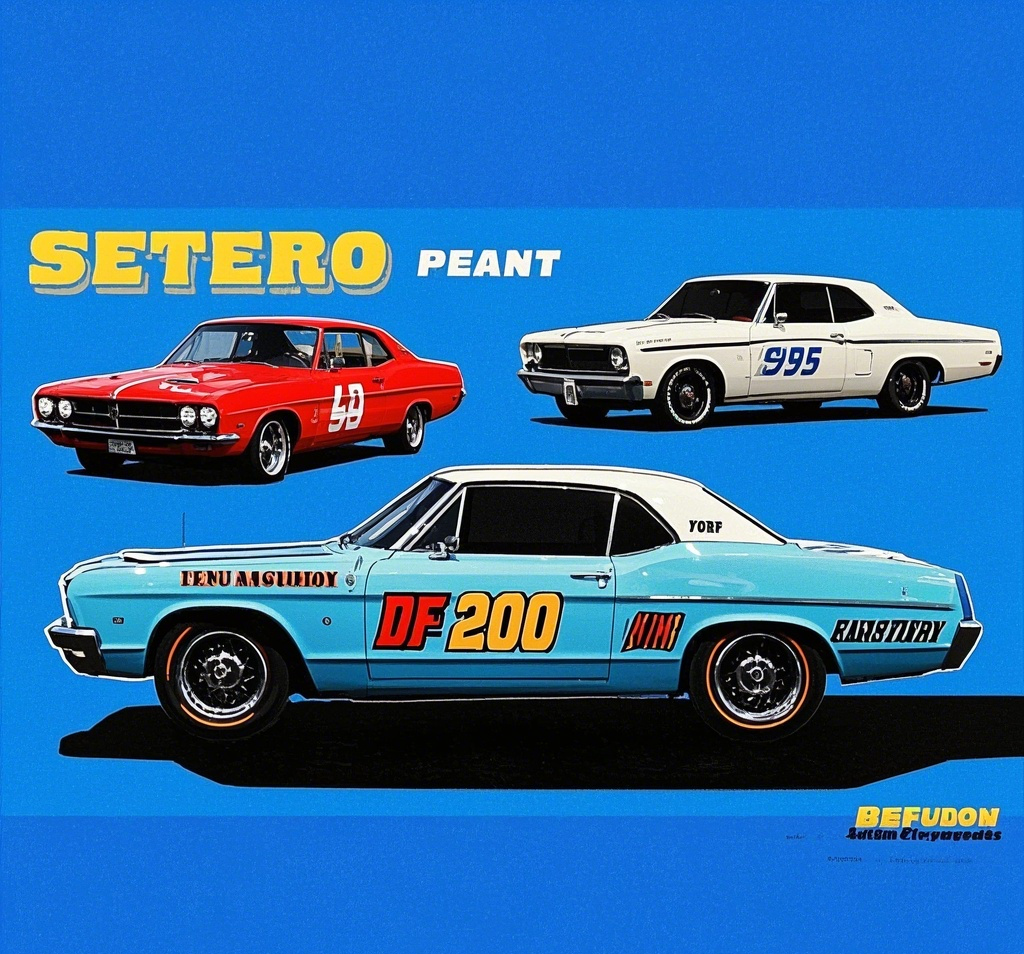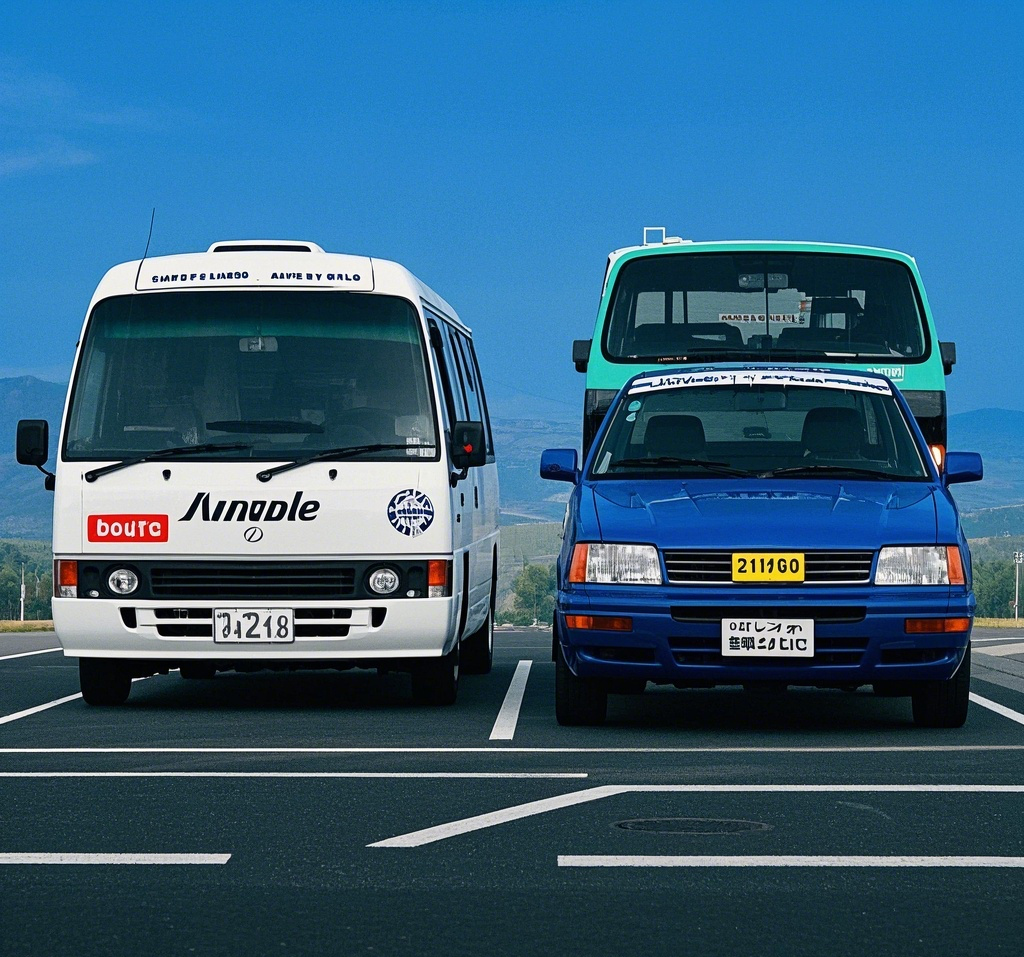When protecting prints or decorative surfaces, people often ask: “What can be cold framed?” Simply put, cold mounting uses pressure-sensitive films to adhere without heat. It suits materials sensitive to high temperatures. Common candidates include photo paper, PVC cards, and adhesive vinyl. Unlike heat-based methods, cold lamination preserves delicate inks and textures.
Cold laminating films work on items like posters, ID cards, and vehicle decals. Even fabrics with heat-sensitive coatings can use this technique. But why choose it? Cold lamination avoids warping or bubbling caused by heat. It’s ideal for short-term projects or materials needing repositioning.
Which is better, cold mounting or hot mounting?
For heat-sensitive items, cold mounting wins. But heat lamination offers stronger bonds for rigid surfaces. Always match the method to your material’s limits.
Next, let’s explore specific applications. “What can be cold framed?” Think beyond paper. Acrylic panels, foam boards, and leather surfaces benefit too. Artists use cold films to protect mixed-media artworks. Retail displays opt for it to avoid glossy finishes. The key is the adhesive’s compatibility. Always test a small area first.
For signage, cold lamination allows quick fixes. Removable films suit temporary banners. Outdoor decals need UV-resistant options. Cold mounting also works on textured papers. But avoid porous surfaces like untreated wood. Moisture can weaken adhesion over time.

Which is better, cold mounting or hot mounting?
Durability debates depend on usage. Heat films last longer in high-traffic areas. Cold films excel in versatility and ease. Neither is universally superior—context matters.
Now, addressing DIY enthusiasts: “What can be cold framed?” Home projects like scrapbooks or phone cases are perfect. Use low-tack films for non-permanent designs. Even laminated recipe cards stay spill-proof. The process requires minimal tools—just a squeegee and patience.
Businesses favor cold mounting for batch jobs. It’s faster for large prints like menus or maps. No cooling time means instant handling. However, uneven pressure causes wrinkles. A roller machine ensures smooth results. Always store films at room temperature to preserve stickiness.
Which is better, cold mounting or hot mounting?
Cost-wise, cold films are cheaper for small batches. Heat laminators require pricier equipment. Budget and scale influence the choice.
Lastly, let’s revisit “What can be cold framed?” Specialty items like holographic stickers or lenticular prints qualify. These demand crystal-clear films to maintain effects. Medical charts and educational boards also use cold lamination for frequent sanitization.
In summary, cold mounting adapts to diverse materials. Its flexibility makes it a go-to for creatives and professionals. While heat lamination has its place, cold films solve unique challenges. Always prioritize material compatibility and project goals.

Which is better, cold mounting or hot mounting?
The answer lies in your needs. For heat-sensitive, quick, or temporary projects—cold wins. For heavy-duty longevity—heat dominates. Test both to decide!
Remember, “What can be cold framed?What can be cold framed?” spans paper, plastics, fabrics, and synthetics. Master its basics, and you’ll unlock endless protective possibilities. Just mind the adhesive type and surface prep. Happy laminating!
JinGe Technology
Jiangxi Jinge Technology Co.
Search within the site
© 2026. All Rights Reserved.









